Blog Post #1
Cover Girl Ads… Who’s selling what, to who? Is there Freedom WithOUT sex?
When I look at many of these Cover Girl ads, I’m a bit confused about what they’re actually advertising. If the text written on these ads were taken away, what would be left? You ask me, I’d say it looks more like a sex ad. How exactly does a male gaze (arguably) pierce through a commercial ad for women? I guess it could also be viewed as a female gaze…. Promoting sexual freedom. Or something like that. But let’s think about it. How are most taken away by these ads? Men or women? As a women who occasionally wears makeup, I know that makeup practically sells itself in this superficial society that we live in today. I guess these ads really serve as reminders concerning certain brands, but when you think about it, the way in which these images are portrayed say something else. This makeup will not just help you become beautiful, but they will heighten your sex appeal… and well, sex appeal for WHO? Ding, ding, ding…. MEN. But I guess I get it. It’s marketing and sex sells. But I still think it’s insane that a product which is well able to sell itself must still be advertised in a way that says we can become sexier to men. So if this were supposed to be a statement about women and power or sexual freedom… or anything else like that, I’d argue that these ads are actually counterproductive. These sorts of images are more of a portrayal of bondage. That women are still struggling to possess their own power, in a way. The power we appear to have as conveyed through ads like these are capped by condition. Perhaps it’s just Cover Girl.

I found this image online. This is an ad for MAC makeup, which depicts a muscular woman with a dress on. I’d argue that this is much for convincing to me with regards to women empowerment. However, it is pretty difficult to ignore the fact that the woman in this ad wouldn’t merely be associated with strength. She might also be associated with masculinity as well. Can women actually own their own strength at the end of the day… that’s a question to be answered.
Blog Post #2
Hip Hop and the Black Male Gaze
Complexion Obsession” A Hip Hop Documentary Part 1
After a long discussion about colorism with a group of friends, where many of them argued that colorism is practically nonexistent, I sought out to find some evidence online so I could go back and argue my point with more knowledge and support. After scanning through several interesting videos, I came across this one: Complexion Obsession “A Hip Hop Documentary Part 1.” It was crazy to me how this documentary began speaking about something I have always observed but yet it almost seemed like this was happening at an unconscious level. The video basically tackles and issue of colorism in Black Hip Hop videos where light skin, Latina and other cultures of women are given more attention and priority than black women with dark skin. The documentary features interviews from light skin video girls, dark skin video girls, and hip hop artists. Both light skin and dark skin video girls agree that the light skin and other women from non-black black backgrounds have it much better. One woman speaks about how there is a sense of classism between dark skin and light skin women. She explains that dark skin women are put into separate categories in which often times, they are selected for roles that require them to perform sexy dance moves and show off their big butts. On the other hand, she explains, light skin women are likely to be in a role where they are a primary interest or the artist’s main girl, not requiring her to dress provocatively. In my recent viewing of the film Dark Girls, I paid close attention to an interview by Soren Baker, a white male Hip Hop Journalist who spoke about the hypocrisy he has noticed among black Hip Hop artists, who, though they often claim to be proud of their ethnicity, fail to show this with the women they choose to display in their music videos. I agree with Soren 100% but it was interesting to hear what the black artists in the video had to say about their choice of women in the videos the produce. A particular rapper claims that the reason why he chooses to use light skin women in his videos is because they are more “marketable.” He explains that a light skin woman can relate the diversity of women around the world, considering that they are black by ethnicity but light (nearly white) by skin tone. Interesting, if I may say, that the rapper himself doesn’t require himself to be “marketable” but he requires his women to be.
Blog Post #3
A Balm for Female Genital Mutilation

The feminist theme in the film Moolade surfaces around the practice of female genital mutilation, which is a practice that is used common in Muslim countries and dates back before Islam. The film sets in Africa, where the tradition is widely embraced in a village of Muslim Africans. Girls’ resistance to the procedure is not tolerated though the practice is clearly problematic, and in some cases, fatal. Thus, when a group of girls escape the dangerous procedure and seek protection from a woman in the village, conflict rises. The film begins with a scene of four young girls who have run away from a tradition called “Purification,”; a clean name assigned to the grotesque practice of female genital mutilation. The girls had heard that a woman in the village, Colle, kept her daughter from being cut and decided to seek out the woman’s help. The woman empathizes with the girls and proceeds to help them through magical protection: moolaade. Colle refuses to surrender the girls when a group of women from the village who performed the excisions, including mothers of the runaways girls, come demanding their release. When two girls among the escapees had been discovered dead by way of suicide, the men blame Colle and tell her husband, upon his return, to confiscate her radio. Later all the men in the village confiscate the women’s radios.

You definitely get a sense of feminism in the film, even in the midst of oppressive ideas concerning women. Colle definitely represents to me a woman with a voice, as she is not only steadfast in her bold position to go against a valued traditional practice, but her husband even sides with her in the end. This voice is most precisely what I enjoyed most about the film. Colle, in a sense, resists being over powered by her husband when he is pushed to beat her. Her unwavering even forms a sort of movement as she empowers the other women to stand firm.
Blog Post #4
Representations and the Media
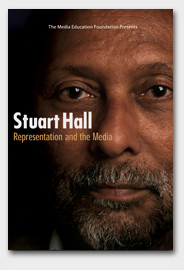
How can you compete with the Media?
Stuart Hall’s “Representations and the Media” is definitely one of the MOST enlightening scholarly lectures I have ever seen. Then again, I think it’s the only online lecture I’ve actually sat through. It examines the relationship between visual representation and the media. By my understanding of the film, it seems that representations of Africa and Africans in film have either been negative representations, as seen through the short clip of a violent black male, or ineffective attempts to change the way black people are represented as indicated by the clip of The Cosby show. Hall ultimately argues that the only effective way to tackle this issue is by stepping outside of culture and interrogating the images represented. This idea reminds me of an article I’ve read called “Dismantling the Master’s House” which explored the topic of strategies by which African American slaves could resist slavery. This brings me to ponder how blacks’ struggle to resist being overpowered by some for or image has been an extensive struggle.
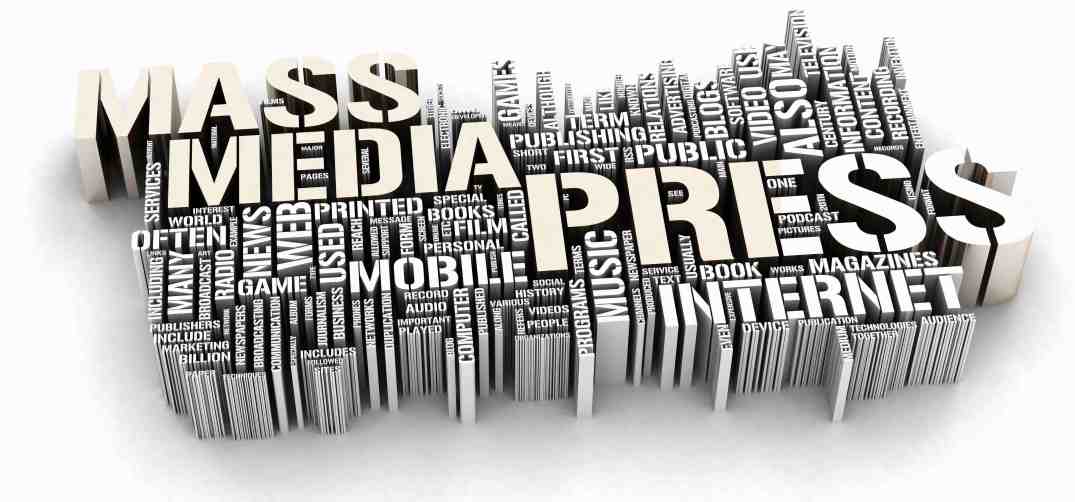
Watching this film honestly made me wonder, how can we possibly compete with the power that the media possesses? How can we fight to say women aren’t this or women aren’t that when the media will always have the upper hand? Women are who the media says they are. Black men are what the media says. Black women are what the media says. Muslims are what the Media says. Asians are what they media says. Christians are what the media says. And us. We accept.
Blost Post #5
Black Girl
Black Girl highlights what is essentially the product of French colonialism over Africa. Diouana represents a poor but ambitious African woman in the post-colonial era who struggles to find work. When she finds “work”, at last, she functions as more of a slave than anything else. Diouana lives with her family in Dakar, Senegal, where she appears happy but not content. The film begins with her ambitious seeking of work. She goes from door to door looking to find an opportunity to work as a maid for children. After learning about where maids wait around to be spotted for work, she makes it her daily duty to come out and wait alongside other African women. One day, while the women wait at the usual spot, a white woman seeking a maid selects her from the group of women, even while she is the least eager. Her excitement follows her home, as she ecstatically shares the news with her family that she has found a job working for whites. Soon, Diouana hears that the family she’ll be working for will be moving to France and her joy is bliss. Diouana’s attitude towards the venture is very child-like. She looks forward to the grandeur of France and expects to experience it without any confines. She soon finds out that her job description entitles something different than what she was told: Diouana works as a housemaid. She takes orders from the mistress, who reminds her often that she is a maid; particularly when Diouana dresses up nicely to fulfill her house duties.

She grows increasingly dissatisfied with her duties and confinement. She also recognizes that she cannot access France freely as she thought she would and decides to rid herself of the misery in the end by committing suicide. This is a tragic end to a seemingly hopeful story at first. But what I believe it comes down to is a bit of gender inequality and oppression.
Blog Post #6
Kerry Washington; I Think The Old Faces were More Reputable
Olivia Pope (Kerry Washington) is the face on America’s most sensational television show, better known as scandal. The show has received ratings that are off the charts season after season and America’s sitcom viewers continue to praise Olivia Pope’s role as a President’s mistress in the show. Whenever the show is on, a person with any social media account can easily learn what the episode being shown is about. People’s social media pages are flooded with comments about Olivia Pope and her affairs in her affair.
As I fished around for images to analyze for my film blogs, I was struck by this magazine cover. “FIGHT THE POWER: The New Faces of Civil Rights.” Now, had I seen this magazine cover years ago before the show had come out my attitude would be a lot different. Before this show began airing, Kerry Washington had played roles and starred in many great films, including one where she represented black women in a more positive way. These African American films include, For Colored Girls, Django Unchained, and Lakeview Terrace. In all of these movies she represents something that I think the black communities can actually look up to, but the new role which has gotten her the most popular isn’t so worthy in my opinion. How can she be among the new faces of civil rights if she what she represents on television actually demeans black women? For goodness sakes, she sleeps with the President of the United States. I know. Some people may think, well, it’s not really who she is. But the way I see it is that no one cares as much about who SHE is as they do what she represents.
It’s interesting that today, the new faces of civil rights are associated with popular culture, whereas the old faces of Civil rights were people who were actually careful about what they represent. I mean, imagine Rosa Parks on Scandal as Oliva Pope…. I think NOT.
Blog Post #7

White Negroes to the Rescue
The 1966 Ebony Magazine cover so boldly states: ARE NEGRO GIRLS GETTING PRETTIER? I first came across this magazine cover in a Facebook post and thought so myself, WOW. Could this be a true magazine ad? I’ve come across all kinds of unreliable sources in the past to know that there are many things online that aren’t legitimate. But as I did some research, I spotted this magazine cover amongst many other Ebony Magazines of new and old. The question stated on the cover is obviously implying that “Negro” girls were become prettier, and the faces of the pretty Negro girls are as seen on the magazine. So it’s obvious. But just in case it was overlooked, the fact is, the women on this ad (with the exception of one woman whose skin is more of a light brown) are very light skin. So how can these women possibly represent the whole of black women? In fact, chances are, these women may have been mixed. So if they’d like to judge if Negro women of that time were getting “prettier” maybe they should have found better representations. Now former representations during a time where black women took on the image of a Mammy would be considered a negative image.

So what was this? Progress? Was progress the idea of looking less like a Mammy and more, well, white? Like the OTHER woman in this picture

Here is woman more identifiably black. Why could a woman this shade be on a magazine cover in those times. An obvious answer might be because the back image was in “recovery” mode. But what they didn’t realizes is that images like those on that magazine cover would be more damaging…. Not for those outside of the black race. But for women inside of the race.
Blog Post #8

A Black Annie, for Black People
Annie (2014) begins in a classroom, where we meet the main character, a black10-yea old girl, Annie Bennett (Quvenzhane Wallis). Annie impresses her instructor and classmates with her history report on Franklin D. Roosevelt, through a musical performance, in which her classmates participate by stomping and making other noises. Early Saturday morning, Ms. Hannigan gets word that a foster home inspector is coming to inspect the foster home and demands that the girls thoroughly clean the house. She pressures them to pretend like they’re happy to leave no suspicion about the nature of their care. The girls dramatically engage the task and break out into another musical (It’s a Hard Knock Life). The inspector visits and Annie ceases the opportunity to go out to a government agency to claim official documents about her biological parents.
Interestingly, Annie is the only black girl in her foster home, but she is also the one to find the greatest hope in the midst of her hardship as an orphan. I believe that this holds some significance. It’s also important to note that there Ms. Hannigan, Annie’s foster mom represents a trashy image, while the savior in the film, so to speak, is played by a black man. The black characters seem to be given some sort of a priority or higher importance.
The 2014 Annie is a recreation of the original film produced in 1982. While the general concept of the plot remains the same, the obvious contrast between the 2 films is one of ethnicity and culture. Explicitly, we see the idea of an orphan girl who is mistreated and is taken in by a wealthy person in both cases. Implicitly, however, when watching this 2014 version, the culture behind the film makes a statement. The modernized version could have very well resembled the former, but instead, it makes a suggestion about American society today.
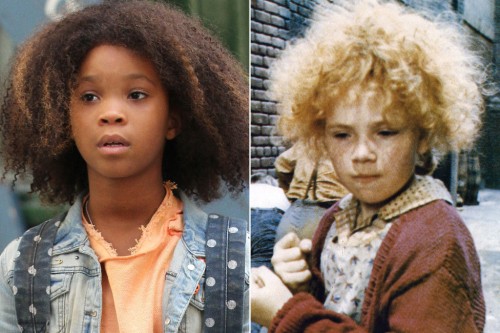
In ENG4134, we’ve asked questions about the black presence in film and about the clear disparity between white actors and blacks. I honestly feel like the film is in a sense FOR black people. It reflects not just the suffering and redemption of an orphan child, but the redemption of a once oppressed culture. It reflects the rise in power of black celebrities; those such as the people who produced the film—Will Smith, Jada Pinkett Smith, Shawn “Jay-Z” Carter, etc.
Blog Post #9
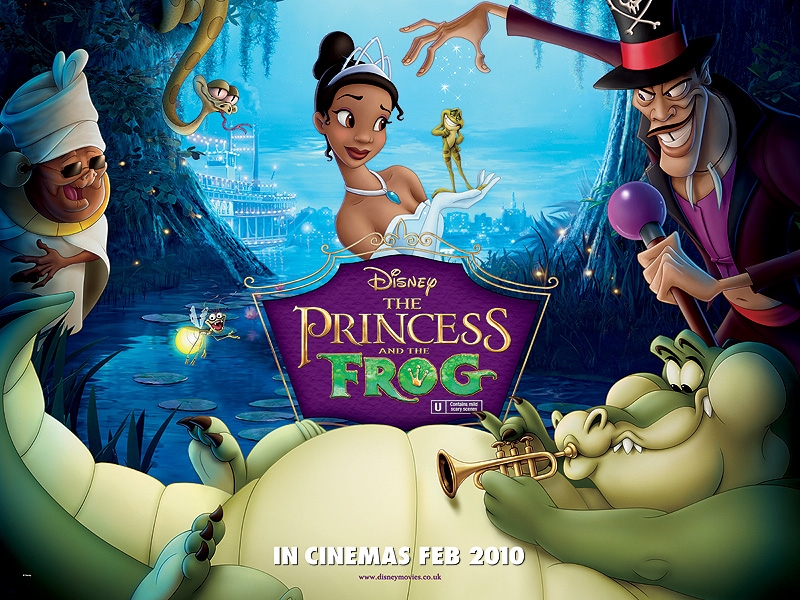
Why does the first black Disney Princess croak?
While Disney’s The Princess and the Frog holds the essence of a Disney princess plot, it is clear that the film holds social and political value. The film offers the first black, animated Disney princess. Tiana’s (Anika Noni) beginnings adopt to the typical story of a young girl who dreams. The animated film begins with her being told a story by her mother; a story about a frog kissing a princess and returning to his human form. The plot then advances to capture an older Tiana, a young cook who desires to own her own restaurant. While Tiana hangs on to this dream, the character of Prince Naveen (Bruno Campos) is being unraveled, as the Prince is turned into a frog by a Voodoo Priest, Dr. Facilier (Keith David), who tricked the Prince.This is perhaps the most distinct factor connected to the character of the princess as she is represented as the first face of the African-American heritage. What makes this the most interesting is perhaps the time period by which Disney would come to adopt its first black princess in comparison with the other princess from non-black backgrounds.
The film is set apart even further given that the plot is based in New Orleans, where culture is quite distinct. While magic is essential to Disney plots, the magic in this particular film is tied into the Black culture of New Orleans. That is—the belief and practice of Voodoo.

Another clear twist in the plot of the film is the very idea that the magical kiss that typically turns the prince back to human rather turns the “Princess” into frog. This is an unusual to more typical Disney plots and it’s an idea to interrogate.
Blog Post #10

Dark Girls…. On Colorism
I recently watched the documentary, Dark Girls (2011). It tackles the issue of colorism among African Americans and the particular negative view of dark women within the race. The film introduces this theme with a definition of colorism as “prejudice or discrimination based on the relative lightness or darkness of the skin. Generally a phenomenon occurring within one’s own ethnic group.” This notion is explored by suggesting that the perspective through which African Americans view the dark skinned women of their ethnic group is one that is damaging to the self-esteem of the darker shade woman and is problematic to the progression of the race as a whole. Colorism is explored here as a mindset that blacks have adopted in their views of one another, which the film links to the history of slavery and colonization. It suggests that this issue isn’t just one of the modern day, but that it stems back to its founding roots a couple hundreds of years ago.
Dark Girls weighed on some of the ideas that we’ve covered through ENG4134 this semester. For instance, one idea that stood out was media representations. The film dedicates an entire segment to discussing the media’s role in this issue. This particular part of the film begins with a clip of a hammer smashing through a television screen. That clip cuts to a conversation about the undeniable fact that nothing portrayed in the media is unintentional, considering that the media has operated through strategies that have formed through formal studies.
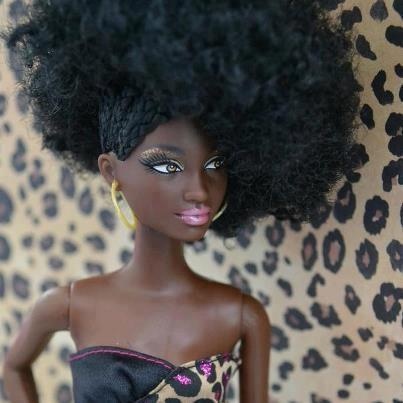
As a black woman myself, I really enjoyed watching this film because it tackles an issue that took a while for me to understand, in terms of how the problem exists. The idea of colorism has been for me almost an unconscious one; both internalized and manifested all at once. I felt that it worked well for the producer to include the repeated experiment of little girls examining color shades, stressing how early on these mindsets are in place. I also found it particularly interesting how individual black women interviewed in the film still had somewhat different ways of thinking about the problem, even while they could all relate to the issue as a whole. While one woman expresses that she cannot understand how anyone could rule out a particular race or shade of person when dating, another woman insists that she ultimately wants to marry a black man, (though she doesn’t feel accepted by them) as though implying that there is something superiorly worthy about a black man. I feel that these disparities make the issue all the more interesting and complex.








